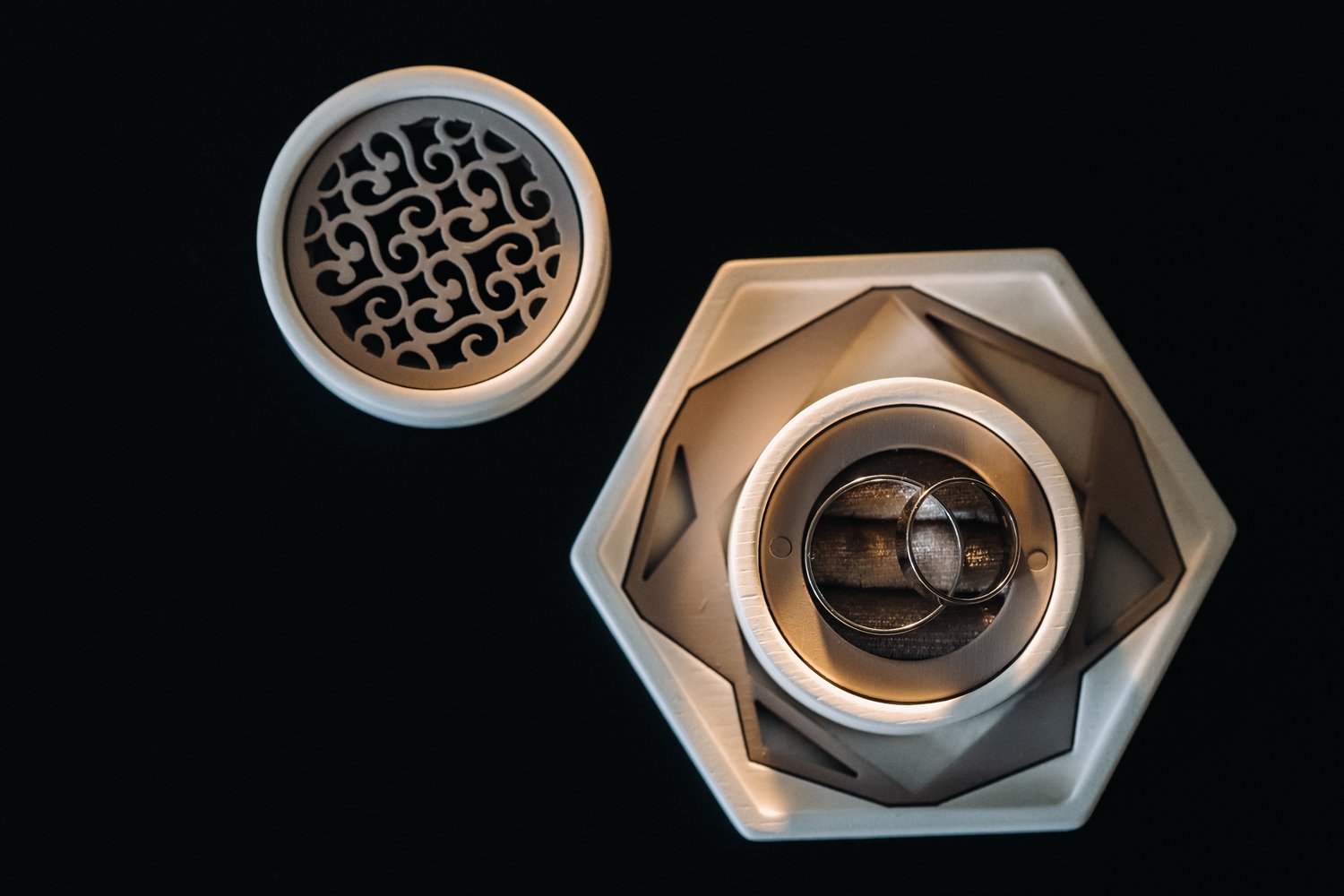Plumbing issues like persistent odors or slow drainage often trace back to a less commonly discussed component of your system—the plumbing vent stack. This vital element ensures the smooth operation of your plumbing by balancing air pressure, but its issues can disrupt everything. Awareness and timely intervention can save you from costly repairs and unpleasant household experiences.
- Learn to identify symptoms such as gurgling sounds from your drains that indicate possible vent stack problems.
- Discover common causes of blockages, from debris build-up to corrosion issues.
- Follow a step-by-step guide for diagnosing the root cause of vent stack problems.
- Explore different DIY solutions, and understand when it’s time to consult a professional plumber.
By the end of this article, you’ll be equipped with the knowledge to tackle vent stack issues effectively, ensuring the longevity and efficiency of your plumbing system.
Recognizing Plumbing Vent Stack Problems: Signs and Symptoms
A plumbing vent stack is an essential component of your home’s drainage system, allowing air to flow through the pipes and maintaining optimal pressure levels. Recognizing the symptoms of vent stack issues early can help you address problems before they escalate.
One of the most common plumbing vent stack problems is gurgling sounds emanating from your drains. This noise usually indicates trapped air trying to escape, which can hinder proper drainage. Another telltale sign is slow-draining water in sinks, bathtubs, or toilets, suggesting that air flow is restricted.
Persistent unpleasant odors near your plumbing fixtures are another red flag. These smells can linger, indicating that sewage gases are not being vented properly. Identifying these vent stack problem symptoms early can prevent more complicated plumbing issues down the road, ensuring your system remains efficient and safe.
Common Causes of Blocked Vent Stacks
Various factors can contribute to blocked vent stacks, each with distinct characteristics that necessitate specific maintenance strategies. Natural debris, such as leaves or branches, is a common source of blockages, especially in homes surrounded by trees. This debris can obstruct the airways, impeding the vent stack’s function.
Animal nests are another frequent cause of vent stack issues. Birds and small animals may seek refuge in vent stacks, causing obstructions. Over time, corrosion can weaken and block vent stacks, especially in regions with harsh weather conditions.
Improper plumbing installations can also lead to vent stack problems. If installed incorrectly, the vent stack may not align or function as intended, causing long-term issues. Understanding these common causes empowers homeowners to implement effective preventive maintenance measures, ensuring the longevity and efficiency of their plumbing systems.
Diagnosing Plumbing Vent Stack Issues: A Step-by-Step Guide
Identifying plumbing vent stack issues early on is crucial for maintaining a healthy and odor-free plumbing system. By using a systematic approach, you can effectively determine the root cause of any vent stack problems. Begin with a visual inspection of the vent stack from both inside your home and on the roof.
Check for any visible blockages, such as leaves or debris, that might be obstructing the vent. Additionally, listen carefully for any abnormal sounds, such as gurgling or bubbling, coming from your drains, which can indicate vent stack issues. If safe to do so, use a flashlight and a mirror to inspect the interior of the vent stack. This can often reveal signs of corrosion or nesting materials from animals.
If visual inspection does not pinpoint the problem, consider using a plumbers’ snake or auger to gently probe inside the vent stack. This method can help detect blockages deeper within the system and allow you to address the issue precisely. Proper diagnosis is essential to ensure effective solutions and prevent recurring plumbing problems.
DIY Solutions for Tackling Plumbing Vent Stack Problems Safely
Once you’ve successfully diagnosed the culprit behind your plumbing vent stack issues, several DIY solutions can help resolve the problem effectively. Begin by carefully removing any visible blockages using a plumbers’ snake or a long flexible brush. This method is ideal for dislodging debris perched inside the vent stack.
If the problem persists, consider using an appropriate chemical cleaner designed specifically for plumbing systems. Follow the manufacturer’s instructions meticulously to avoid any potential damage to the pipes and ensure your safety during the process.
While tackling such tasks, always prioritize your safety. Wear appropriate protective gear such as gloves and goggles to shield yourself from harmful substances or sharp debris. Make sure to work in well-ventilated areas to prevent inhaling any fumes.
These DIY solutions should provide temporary relief from vent stack problems. However, if issues persist or seem complex, don’t hesitate to seek the help of a qualified plumber to maintain optimal plumbing performance.
Professional Help vs. DIY: When to Call an Expert for Vent Stack Repairs
Tackling plumbing vent stack problems can be challenging, and the decision to handle the issue yourself or hire a professional can impact the efficiency and safety of your plumbing system. It’s essential to recognize when a problem is beyond the scope of typical DIY fixes and requires the expertise of a licensed plumber.
Complex Vent Stack Issues
Some vent stack problems can be complex or dangerous, such as those involving severe blockages caused by corrosion or structural damages. These issues often demand specialized tools and professional knowledge that only experienced plumbers possess. Attempting to repair these problems without the right skills can lead to further damage.
Persistent Plumbing Odors and Slow Drains
If you notice persistent plumbing odors or consistently slow drains despite attempting initial DIY solutions, it may be time to seek professional help. A thorough inspection by a plumber can diagnose deeper issues like a clogged vent stack causing inefficient drainage and unpleasant smells throughout your home.
Importance of Safety
Safety is paramount when dealing with vent stack repairs. If you find yourself unsure about the extent of the damage or the safety measures required, it’s best to contact a licensed plumber. Experienced professionals adhere to safety standards, ensuring that your repair is both effective and compliant with local plumbing regulations.
Understanding when to call in professional help not only protects your plumbing system but also saves you time and prevents costly errors. By making informed choices, you can maintain a healthy, efficient plumbing system and avoid unnecessary plumbing repairs in the future.
Frequently Asked Questions About Plumbing Vent Stack Problems
What are the common signs of plumbing vent stack problems?
Common signs include gurgling sounds, slow drains, and unpleasant odors.
How can I tell if my vent stack is blocked?
Perform a visual inspection for debris, and listen for abnormal sounds in your pipes.
What causes blockages in plumbing vent stacks?
Blockages often result from debris like leaves or nests, corrosion, or improper installation.
Can I fix vent stack problems myself?
Yes, if the issue is minor. Use a plumber’s snake or chemical cleaners, following safety precautions.
When should I call a professional plumber?
Call a professional if the problem persists after DIY attempts or involves complex repairs.





